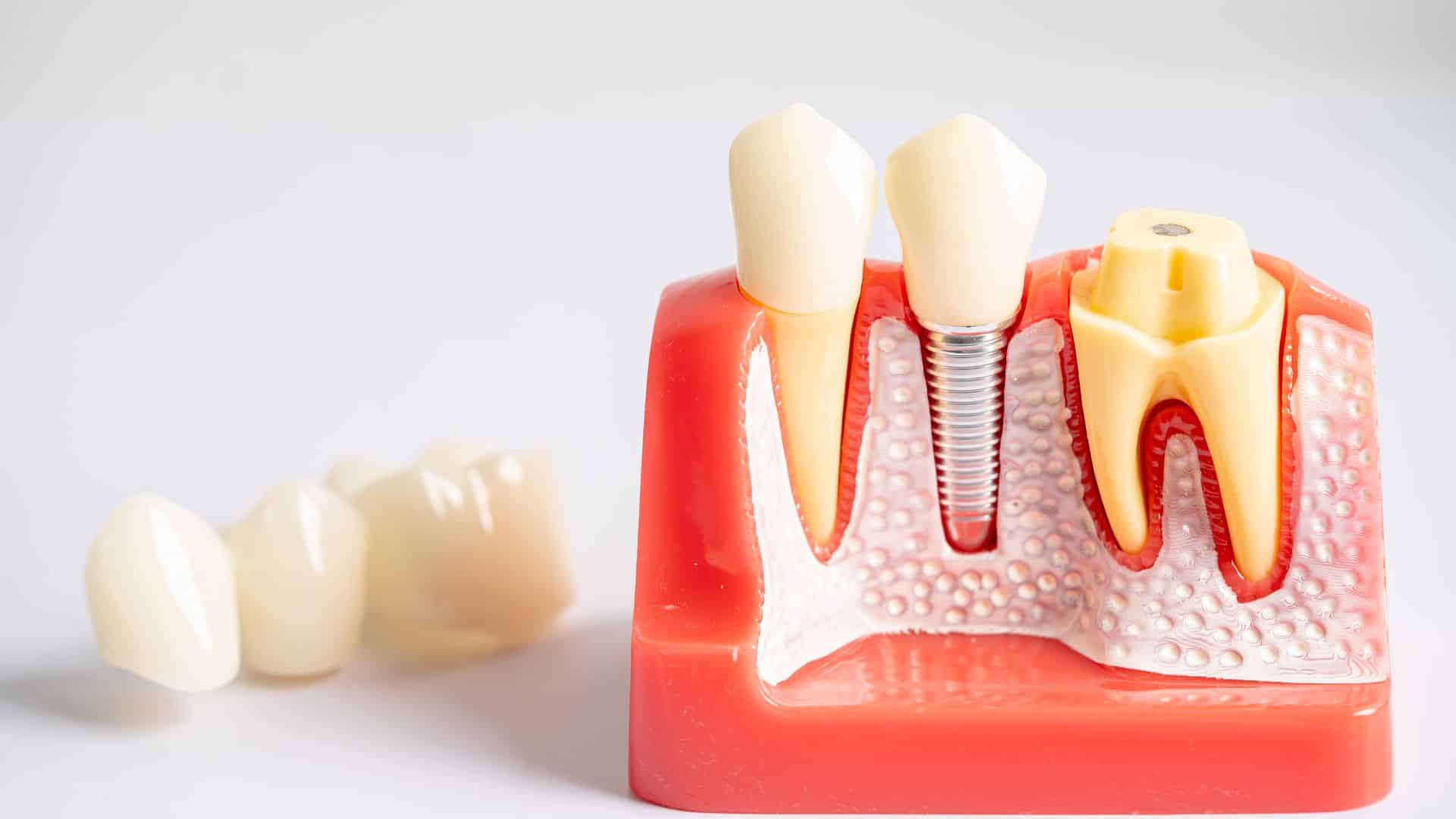
Dental implants have come a long way over the years, thanks to advancements in technology. If you’re considering dental implants, you may be wondering how the latest innovations can improve your results. From increased precision to more natural-looking outcomes, modern dental implant technology offers numerous benefits that enhance the overall experience and long-term success of the procedure.
In this article, we will explore how dental implant (زراعة الأسنان) technology has evolved and how it can improve your results, from initial planning to the final restoration.
Enhanced Precision with 3D Imaging:
One of the most significant advancements in dental implant technology is the use of 3D imaging and computer-aided design (CAD). These technologies allow dental professionals to plan your implant procedure with incredible precision.
3D Imaging for Accurate Planning:
With 3D imaging, a detailed and accurate map of your mouth, jawbone, and teeth can be created. This allows for precise placement of the implant, ensuring that it is positioned in the optimal location for both function and aesthetics. Traditional X-rays only provide a two-dimensional view, which can lead to less accurate implant placement and potentially affect the success of the procedure. By using 3D imaging, the risk of complications is minimized, and the implant placement is more accurate, leading to better long-term results.
Computer-Aided Design (CAD):
CAD technology is used to design custom implant restorations, such as crowns, bridges, or dentures. This technology enables a more personalized approach to creating your dental restoration. With CAD, the restoration is designed to fit precisely with your natural teeth and jaw, providing a more comfortable and aesthetically pleasing result. The use of CAD reduces the chances of errors, ensuring that the final product matches your mouth’s unique shape and size.
Improved Implant Materials for Longevity and Strength:
In the past, dental implants were primarily made of titanium. While titanium remains a popular material due to its strength and biocompatibility, recent advancements have introduced newer, more durable materials. These innovations further improve the functionality and longevity of dental implants.
Titanium and Zirconia Implants:
Titanium implants are still the gold standard, but zirconia implants are becoming increasingly popular for patients who prefer a metal-free option. Zirconia, a ceramic material, is known for its natural appearance and strength. It also has a lower risk of causing gum irritation compared to titanium. Both materials offer durability and biocompatibility, ensuring the implant integrates well with the bone and surrounding tissue.
Improved Surface Coatings:
Recent developments in surface coatings for dental implants have made them even more effective at integrating with the jawbone. Some implants now feature advanced surface textures that promote faster healing and a stronger bond with the bone. These coatings enhance the overall success rate of dental implants, ensuring that they stay securely in place for years.
Shorter Recovery Times with Minimally Invasive Techniques:
Thanks to innovations in implant technology, the procedures themselves have become less invasive, leading to shorter recovery times and fewer complications. Minimally invasive techniques reduce the need for large incisions, meaning there’s less trauma to the surrounding tissue.
Flapless Implant Surgery:
Flapless implant surgery is a technique that eliminates the need for cutting into the gum tissue. Instead, the implant is placed using tiny incisions, which reduces swelling, bleeding, and the risk of infection. This leads to a quicker healing process and less discomfort post-surgery. With flapless surgery, patients can often return to their regular routines faster than with traditional methods.
Guided Implant Surgery:
Guided implant surgery is another technological breakthrough that improves the precision of the implant procedure. Using 3D imaging and CAD, dental professionals can create a custom surgical guide that ensures the implant is placed with perfect accuracy. This minimizes the invasiveness of the procedure, reduces the chances of complications, and helps speed up recovery.
Aesthetic and Functional Improvements:
Beyond precision and material advancements, modern dental implants are also designed to look and feel more natural than ever before. Thanks to innovations in both the implant design and the restorations that go on top of them, your new teeth will blend seamlessly with your natural smile.
Custom Restorations for a Natural Look:
Using advanced digital scanning and CAD technology, your restoration will be crafted to match the color, shape, and size of your surrounding teeth. Whether you’re replacing a single tooth or multiple teeth, the result will be a natural, attractive smile that looks and feels like your own teeth.
Functional Benefits
The design of dental implants has also improved to ensure that they function just like natural teeth. With better alignment and precision in placement, you can expect improved bite function and comfort. Dental implants allow you to chew and speak normally without the worry of slippage, which is a common issue with dentures. This added functionality makes dental implants a superior option for many patients seeking a reliable and long-lasting tooth replacement solution.
FAQs About Dental Implants:
How long do dental implants last?
With proper care, dental implants can last for decades, often providing a permanent solution for missing teeth.
Is dental implant surgery painful?
Most patients experience minimal discomfort during and after the procedure, especially with modern pain management techniques. Your dental professional will provide detailed aftercare instructions to ensure a smooth recovery.
Can anyone get dental implants?
Most people with good oral health and sufficient bone density are candidates for dental implants. However, certain health conditions or insufficient bone volume may require additional treatments before implants can be placed.
Conclusion:
Dental implant (زراعة الأسنان) technology has revolutionized the way missing teeth are replaced, offering significant improvements in precision, material quality, and overall results. Whether it’s through 3D imaging for more accurate planning, advanced implant materials for durability, or minimally invasive techniques for a faster recovery, these innovations ensure that your dental implants will provide a long-lasting, comfortable, and natural-looking solution to tooth loss.